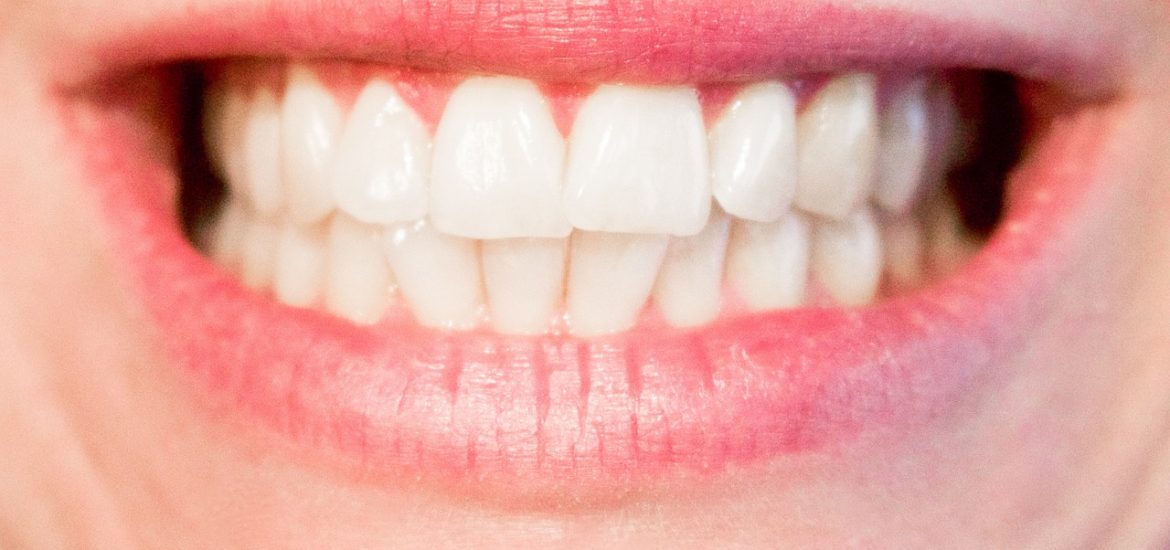Gum disease is one of the most overlooked conditions around the world today. An advanced version of this disease, which is known as periodontitis, is said to affect more than half of Americans over the age of 30, according to a report by the Centers for Disease Control and Prevention (CDC).
But bacterial plaque that grows on your teeth and inflamed bleeding gums do more than just ruin your dental health. Various studies have revealed that such conditions are linked to other problems as well, including dementia and heart attack that could put your overall health in jeopardy.
Some of the most common problems that scientists have found between periodontal disease and a number of other problems include:
- Heart disease
- Diabetes
- Dementia
- Rheumatoid arthritis
- Premature birth
To make things worse, not everyone can afford to have dental insurance. That’s why we’ve prepared this article to help the afflicted treat their gum disease at home until they are ready to see a dentist.
Gingivitis to Periodontitis
The first stage of gum disease is known as gingivitis, which occurs when there is a bacterial plaque on your teeth that haven’t been thoroughly removed. Common symptoms of this condition include red, swollen and bleeding gums, but the National Institute of Dental and Craniofacial Research (NIDCR) assures that it can be reversed with daily flossing and brushing.
If the condition is left untreated at this stage, it will become an even serious problem known as periodontitis. The toxins from bacterial plaque buildup will not only affect your gum tissue, but also the ligaments and bone that support your teeth. Eventually, your teeth may become loose and may need to be either surgically treated or removed.
Signs of Gum Disease
If you’re not going to regular dental checkups, then you won’t know if you have gum disease until it’s in its advanced stages. One of the biggest warning signs that you’ll experience is bleeding gums, especially while you eat, brush or floss as they are swollen and tender.
Other than that, you may also find that your gums are receding, which can make your teeth appear longer. If you start seeing sores in your mouth and pus between your gums and teeth, then it is a sure sign that you have gum disease.
Home Treatment Solutions
We regret to inform you that the only way to take care of gum disease is to seek out professional help. However, there are ways with which you can lessen its symptoms as well as reduce its chances of advancing any further right from the comfort of your own home.
It is essential that you brush and floss at least twice a day if you’re not already doing it. A water flosser is also recommended since it is more effective in its results. This helps reduce the amount of plaque buildup in your teeth since that is the leading cause of gum disease.
A good tactic of treating gingivitis is to rinse your mouth with mouthwash. If you know a primary care physician, then ask them for a prescription for an antimicrobial mouth rinse. Colgate offers one by the name of PerioGard.
Finally, keep away from sugary foods and drinks as they contribute to tooth decay.
Reduced Rate Dental Care Options
It should really go without saying that the sooner you get your teeth checked up, the better your chances will be of saving them and protecting your overall health in the process.
There are plenty of options available for those who can’t afford dental insurance, though those opportunities will only come to light after a bit of research. For instance, dental schools have clinics in which their students can gain actual experience by performing several dental procedures. The procedures are performed under the supervision of an experienced licensed dentist at a low rate. Besides that, federally-funded health centers provide cheap dental services that are in line with your income.

